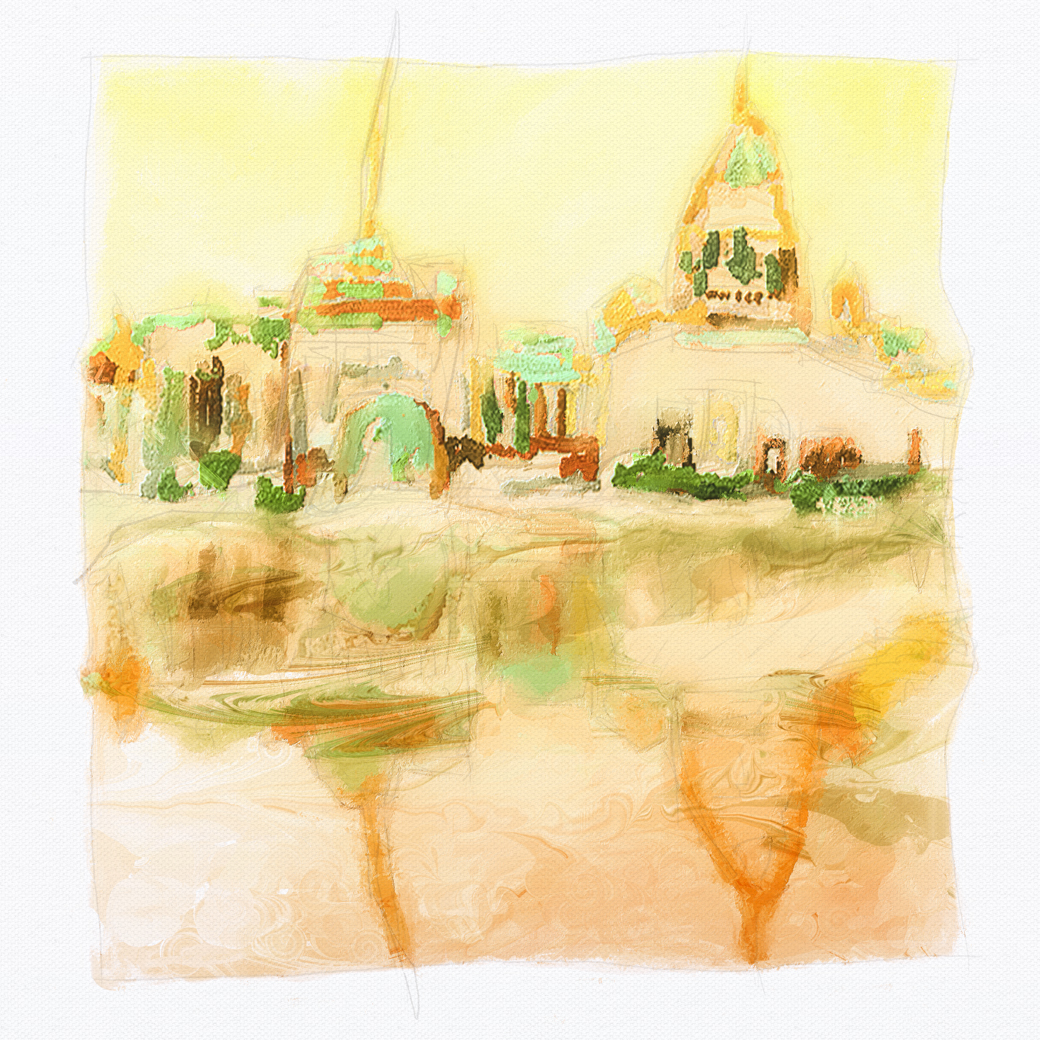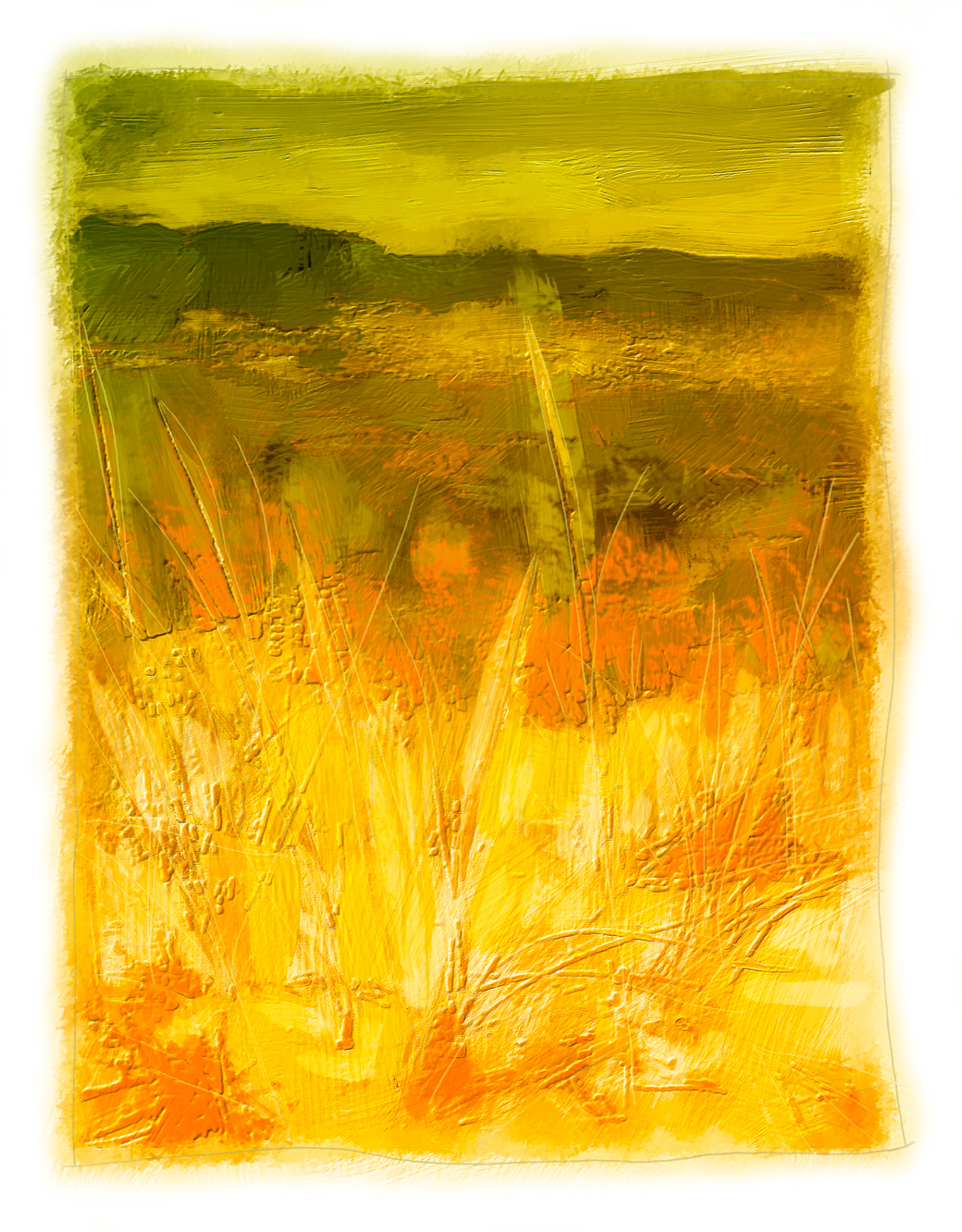Russian Barn
Posted on December 5, 2018 by nick - Art Cape Cod, Barnstable Harbor, Russian Landscape
The Seine rises in the commune of Source-Seine, about 30 kilometres (19 mi) northwest of Dijon. The source has been owned by the city of Paris since 1864. A number of closely associated small ditches or depressions provide the source waters, with an artificial grotto laid out to highlight and contain a deemed main source. The grotto includes a statue of a nymph, a dog, and a dragon. On the same site are the buried remains of a Gallo-Roman temple. Small statues of the dea Sequana “Seine goddess” and other ex voti found at the same place are now exhibited in the Dijon archeological museum. (source – https://en.wikipedia.org/wiki/Seine)
Erythrina cristina galli (Ceibo) is the National flower of Argentina. The Erythrina is a South American tree, with carmine red flowers and a crooked trunk. Locally Erythrina is called as ceibo, sebo or bucar. Common names of Erythrina include, Cockspur Coral Tree, Cock’s Comb, Common Coral Tree, Cry-Baby Tree. (source http://www.theflowerexpert.com/content/aboutflowers/nationalflowers/argentina-national-flower)
(by Michael J. Fargione) Standing dead trees are known as snags; they provide food, shelter and resting places for wildlife. As fungi and insects attack living trees and dead snags, they soften the wood, making it possible for woodpeckers and other cavity makers to create holes. These holes are also used by other animals. (source – http://www.caryinstitute.org/newsroom/messy-woods-serve-critical-purpose-forest-management)
Two Tree’s

“The Neva is the main waterway of Petersburg and the town is situated along its banks and across the islands of its broad delta. It is one of the largest rivers in Europe by volume of water and also one of the world’s shortest major rivers at only 74 kilometers. The Neva connects Lake Ladoga, the largest lake in Europe, to the Baltic Sea. For centuries, it was of great strategic importance for transport and so the interests of the Russians, Swedes, Finns, and Balts clashed on its banks. From the 8th-13th centuries, the Neva was part of the trade route from Scandinavia to Byzantium, the road “from the Varangians to the Greeks.” In 1240, the Novgorod militia led by Prince Alexander Yaroslavich defeated the invading Swedish army on the banks of the Neva. Because of the victory, the prince was thereafter nicknamed Alexander Nevsky (of the Neva). But the main page in the history of this great river began to be written, of course, in 1703 when St. Petersburg was founded at the mouth of the Neva.” (source – http://www.saint-petersburg.com/rivers-and-canals/neva-river/)
Karalian Outhouse (source – Karalian Outhouse)
Ammophila breviligulata (American beachgrass or American marram grass) is a species of grass that is native to eastern North America, where it grows on sand dunes along the Atlantic Ocean and Great Lakes coasts. Beachgrass thrives under conditions of shifting sand, sand burial, and high winds; it is a dune-building grass that builds the first line of sand dunes along the coast. Beachgrass is less vigorous in stabilized sand, and is only infrequently found further inland than the coastal foredunes. A. breviligulata was introduced to the Pacific coast of North America in the 1930s. It is proving to be invasive, and is increasingly important to coastal ecology and development in Oregon, Washington, and British Columbia. (source – Wikipedia)
Playing with a new brush – 2
“Coastal dunes make up roughly one third of the Cape Cod National Seashore, covering approximately 8,500 acres from Chatham to Provincetown. Dunes predominate on barrier beach and spits, along the coastal margins of the Atlantic Ocean and Cape Cod Bay, and across the northern tip of the peninsula – an area known as the Province Lands.” – (https://www.nps.gov/caco/learn/nature/sand-dunes.htm)
View from my friend’s window in Hanko Finland. Hanko (Finnish pronunciation: [ˈhɑŋko]; Swedish: Hangö), is a bilingual port town and municipality on the south coast of Finland, 130 kilometres (80 mi) west of Helsinki. Its current population is 8,835 (31 March 2016), with a majority being Finnish speakers and a strong minority being Swedish speakers (44%). – (source Wikipedia.com)
KOZYOL means Idiot in Russian. Here is my painting of a Billy Goat – KOZYOL or Idiot in Russian..
The Idiot (Russian: Идио́т, Idiot) is a novel by the 19th-century Russian author Fyodor Dostoyevsky. It was first published serially in the journal The Russian Messenger in 1868–9.
The title is an ironic reference to the central character of the novel, Prince (Knyaz) Lyov Nikolaevich Myshkin, a young man whose goodness and open-hearted simplicity lead many of the more worldly characters he encounters to mistakenly assume that he lacks intelligence and insight. In the character of Prince Myshkin, Dostoevsky set himself the task of depicting “the positively good and beautiful man”.[2] The novel examines the consequences of placing such a unique individual at the centre of the conflicts, desires, passions and egoism of worldly society, both for the man himself and for those with whom he becomes involved. The result, according to philosopher A.C. Grayling, is “one of the most excoriating, compelling and remarkable books ever written; and without question one of the greatest.”[3]
The mirabelle Plum is identified by its small, oval shape, smooth-textured flesh, and especially by its red, or dark yellow colour which becomes flecked in appearance. They are known for being sweet and full of flavour. The fruit is primarily used in fruit preserves and dessert pies, and its juice is commonly fermented for wine or distilled into plum brandy. Ninety percent of mirabelle plums grown commercially are made into either jam (70%) or eau de vie (20%). The plums are also excellent when eaten fresh. (source – https://en.wikipedia.org/wiki/Mirabelle_plum)
Mirabelle plums grow wild at my wifes Russian dacha
Svetlana at the beach again
Sandy Neck “Village” is designated as a Cultural Historical District because of the many antique dune shacks and cottages, including the Sandy Neck Lighthouse. The mission of the Sandy Neck Program is to provide recreational opportunities and access to our town’s citizens and visitors while protecting the natural, cultural, and historic resources on Sandy Neck so that a long term, sustainable balance between use and conservation of these resources is achieved. (source – http://www.townofbarnstable.us/sandyneckpark/AboutSandyNeck.aspx)
)
Here is our Family “KOT”. The Russian word for Cat is “KOT”.
“It is different. Russian word for cat is kot (the k and t sounds are different from those of english). in armenian cat is katu again k and t are different from that of english . Cat kot katu . These words are not the same, but they are similar. Anyway all these languages are indoeuropean. / written by Mihr Aharuni, An Armenian from Diaspora.”
Svetlana across the River Neva.
“The Neva (Russian: Нева́, IPA: [nʲɪˈva]) is a river in northwestern Russia flowing from Lake Ladoga through the western part of Leningrad Oblast (historical region of Ingria) to the Neva Bay of the Gulf of Finland. Despite its modest length of 74 kilometres (46 mi), it is the fourth largest river in Europe in terms of average discharge (after the Volga, the Danube and the Rhine).” (source From Wikipedia, the free encyclopedia)